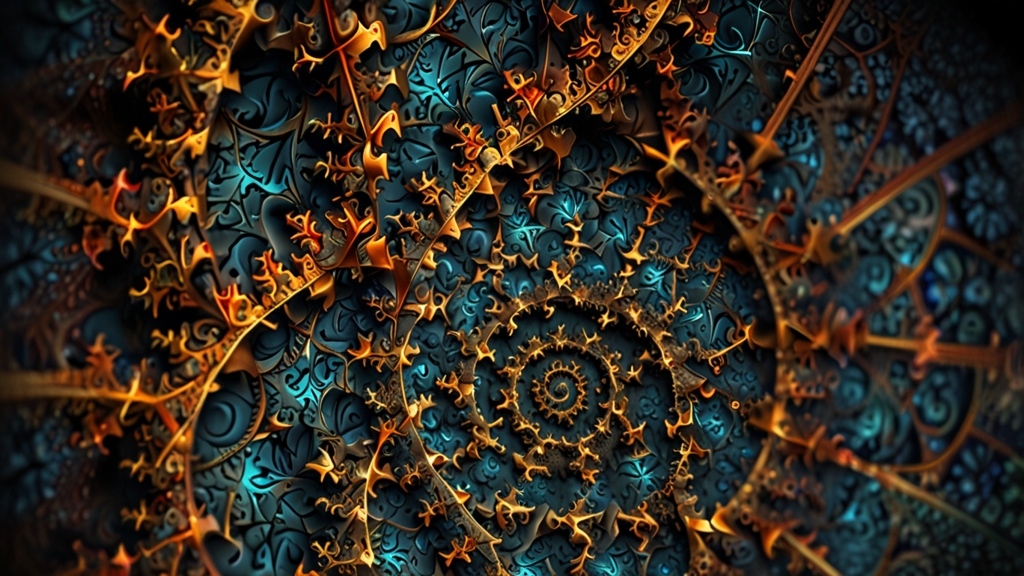The Connection Between Geometry and Emotion
Geometry, often perceived as the realm of logic, precision, and mathematical rigor, may seem distant from the fluid nature of human emotions. However, the relationship between these two seemingly disparate worlds is profound and multifaceted. Understanding this connection can illuminate how shapes, patterns, and spatial configurations impact our feelings, moods, and even psychological states.
Shapes and Their Emotional Resonance
At the most fundamental level, basic geometric shapes carry inherent emotional connotations. For example, circles are often associated with concepts of unity, wholeness, and harmony. Their smooth, continuous edges evoke feelings of safety and calm. Squares and rectangles, on the other hand, evoke stability, order, and reliability, often associated with strength and dependability.
"Geometry is the archetype of the beauty of the world." - Johannes Kepler
Triangles introduce a bit of complexity, often symbolizing direction and movement. An upward-pointing triangle might evoke feelings of elevation, aspiration, or even tension, whereas a downward-pointing triangle can suggest grounding or stability. The emotional impact of these shapes heavily relies on context and individual perception.
Architectural Geometry and Psychological Spaces
In architecture and interior design, geometric principles play a crucial role in shaping the human experience. The geometry of a space can influence everything from our comfort level to our cognitive performance. Open, spacious layouts tend to foster a sense of freedom and relaxation, while tightly closed areas might evoke feelings of confinement or discomfort.
Certain patterns and arrangements can also affect our mental state. For instance, the deliberate use of symmetry and balance in a room can create a sense of order and tranquillity. Conversely, irregular and chaotic designs might induce anxiety or unease. This understanding has profound implications for creating environments that promote well-being, productivity, and emotional health.
Fractals and Nature's Geometry
Nature’s geometric patterns, such as fractals, offer additional insights into the link between geometry and emotion. Fractals are complex patterns that exhibit self-similarity across different scales, famously found in snowflakes, tree branching, and coastlines. Research suggests that exposure to fractal patterns can reduce stress and promote feelings of calmness in individuals.
"The study of nature and the patterns it reveals to us through geometry can offer us a deep emotional connection to the world." - Benoît Mandelbrot
This affinity for natural geometry may be rooted in our evolutionary history, where recognizing these patterns had survival benefits. As we navigate modern life, bringing elements of fractal geometry into our built environments can help bridge the gap between our natural inclinations and contemporary settings, fostering emotional well-being.
Artistic Expression and Emotional Geometry
Artists have long used geometry to evoke specific emotional responses. The abstract works of artists such as Wassily Kandinsky and Piet Mondrian demonstrate how geometric forms can be orchestrated to convey profound emotional narratives. Kandinsky, in particular, believed that certain geometric elements corresponded directly with emotional states; for example, he associated circles with the spiritual and the infinite.
Moreover, the color geometry in art can intensify these emotional connections. Combinations of geometric shapes with specific color schemes can provoke responses ranging from joy to melancholy. The careful, deliberate orchestration of geometry and color allows artists to communicate emotions more vividly and effectively.
Conclusion
The connection between geometry and emotion is a testament to the intricate interplay between the rational and the emotional aspects of human experience. From the primal shapes that form the foundation of our perception to the complex patterns that fill our natural and built environments, geometry profoundly influences how we feel and interact with the world.
By acknowledging and harnessing this connection, architects, designers, and artists can create spaces and works that not only appeal to our sense of beauty but also nurture our emotional and psychological well-being. Geometry, far from being a mere mathematical abstraction, is a powerful conduit for the expression and elicitation of human emotion.











